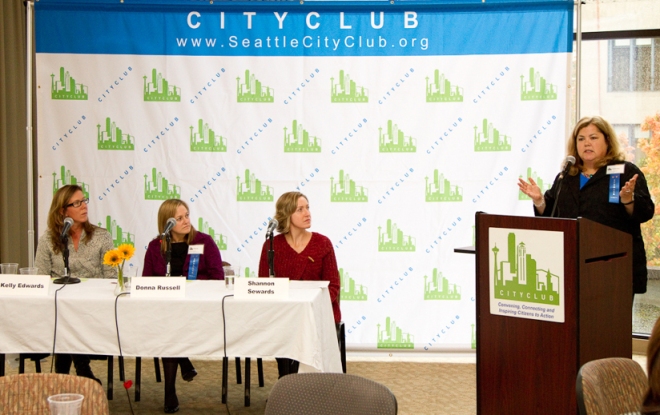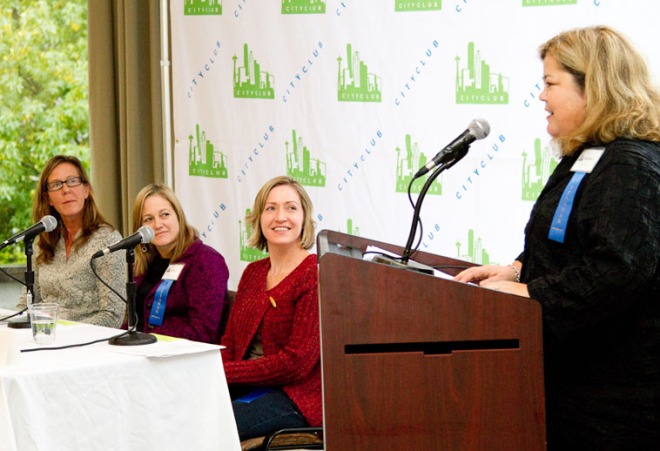The Infectious Disease Research Institute (IDRI) is hosting an information evening on Thursday October the 16th about emerging diseases, such as Ebola and chikungunya and also age old diseases such as tuberculosis. As everyone now knows these diseases can so quickly span the globe. This discussion will focus on the rapidity of the spread and what we as individuals, families and communities can do to stop this.
This is a hot topic at the moment and I have shared news of this event with my friends and family because I think it is important that we know about this.
In the developed world there is a belief that because we have access to the most amazing medical facilities that such diseases are not so dangerous. Nothing could be further from the truth. A few thousand highly contagious individuals would have the ability to rapidly overwhelm our medical facilities. Even if we had this number of infectious control beds available – this number of incredibly sick people will mean that medical, nursing and other care professionals will be pulled away from their normal day to day work. I may not be a direct victim of Ebola – but if my heart condition cannot be treated – I could easily become an indirect victim of Ebola.
We therefore cannot rely on the traditional health services during such times. A major epidemic is similar to an earthquake in that the message has to be that individuals and families have to be able to look after themselves until such time as authorities can catch up. It is worth using this time when we are not in an epidemic to look at household preparedness. At the end of this blog I have included a list of items from the American Red Cross that each family should have to help them survive the aftermath of a disaster.
When it comes to epidemics there are a number of other key precautions. These include minimizing the spread of disease by staying home, and really watching hygiene when someone is sick. Wash hands, watch for droplet infection, sanitize surfaces and items used by a person that is sick. Seek medical attention, but call your medical facilities before arriving – some diseases such as measles can remain present floating in the air for several hours after a contagious person has been in a room. Your medical facilities can help make arrangements to keep all their patients safe.
If, and I fervently hope this does not happen, a disease such as Ebola does take hold in the developed world – then the best defense is to not get the disease. Everything that we can do to minimize cross infections will become increasingly important and having access to an emergency kit like the one listed below will be a vital part of helping people to stay safe.
This is the suggested items from the American Red Cross that each family should have prepared in case of a disaster:
Water—one gallon per person, per day (3-day supply for evacuation, 2-week supply for home)
Food—non-perishable, easy-to-prepare items (3-day supply for evacuation, 2-week supply for home)
Flashlight
Battery-powered or hand-crank radio (NOAA Weather Radio, if possible)
Extra batteries
First aid kit – Anatomy of a First Aid Kit
Medications (7-day supply) and medical items
Multi-purpose tool
Sanitation and personal hygiene items
Copies of personal documents (medication list and pertinent medical information, proof of address, deed/lease to home, passports, birth certificates, insurance policies)
Cell phone with chargers
Family and emergency contact information
Extra cash
Emergency blanket
Map(s) of the area
Medical supplies (hearing aids with extra batteries, glasses, contact lenses, syringes, etc)
Baby supplies (bottles, formula, baby food, diapers)
Games and activities for children
Pet supplies (collar, leash, ID, food, carrier, bowl)
Two-way radios
Extra set of car keys and house keys
Manual can opener
Whistle
N95 or surgical masks
Matches
Rain gear
Towels
Work gloves
Tools/supplies for securing your home
Extra clothing, hat and sturdy shoes
Plastic sheeting
Duct tape
Scissors
Household liquid bleach
Entertainment items
Blankets or sleeping bags
Just by the way – I do have one of these kits – but it is out of date. This will be one of my own tasks this coming weekend ….
Regards
Ken Gordon
Executive Director


